Electrical and Power Training Package for Beginners, 10 Practical Exercises
$360.00 Student Discount
There are lots of Electrical and Power engineering projects that are simulated by ANSYS Fluent software using CFD methods. This training package includes 10 practical exercises related to the Electrical & Power Engineering field and devices at the BEGINNER level.
Click on Add To Cart and obtain the Geometry file, Mesh file, and a Comprehensive ANSYS Fluent Training Video.To Order Your Project or benefit from a CFD consultation, contact our experts via email ([email protected]), online support tab, or WhatsApp at +44 7443 197273.
There are some Free Products to check our service quality.
If you want the training video in another language instead of English, ask it via [email protected] after you buy the product.
Description
Electrical & Power ANSYS Fluent Training Package, 10 Practical Exercises for BEGINNER Users
Power Engineering is one of the primary areas that has expanded within Electrical Engineering. It deals with the generation, transmission, and distribution of electric power. Power engineers also work on a diversity of power devices and on power conversion (the process of transforming power from one form into another, as in electromechanical or electrochemical processes).
There are lots of Electrical and Power engineering projects that are simulated by ANSYS Fluent software using CFD methods. This training package includes 10 practical exercises related to the Electrical & Power Engineering field and devices at the BEGINNER level.
Heat Sink & Heat Source
The 1st Practical exercise deals with the simulation of heat sink cooling. In the present model, a surface as a heat source with a heat flux equivalent to 600,000 W.m-2 is located at the bottom of the model, which is responsible for continuous heat generation. On this surface, a solid object with several rows of parallel grooves is located to perform the cooling process of high-temperature surfaces. In the 2nd practical exercise, the cooling of an IGBT heat sink is simulated by ANSYS Fluent software. The heat sink is in contact with a heat source (with a heat flux of 14583 W/m2) on one side and the air flows on the other side with a mass flow of 0.25Kg/s. The airflow is responsible for cooling the heat sink.
In the 3rd practical exercise, fluid flows in a Microchannel Heat Source which is surrounded by a copper solid channel, having a heat flux wall is simulated by ANSYS Fluent software. Electronic devices which have millimeter dimensions are in constant need of cooling due to their high heat generation rate. Macro heat exchangers and radiators are not efficient enough to cool down these devices which generate heat at megawatts per meter square. The 4th practical exercise simulates the heat transfer of water flow inside a microchannel heat sink using ANSYS Fluent software. One of the serious problems in designing electronic equipment due to its small structure is eliminating the generated heat. This simulation investigates the thermal performance of a cylindrical microchannel heat sink for electronic equipment cooling.
So in the 5th practical exercise, the fluid flow and heat transfer inside a heat sink with the porous medium is simulated by ANSYS Fluent software. This porous medium is in contact with a heat source and the whole setup acts as a heat sink. The energy model is activated and the RNG k-epsilon model with the use of standard wall function is exploited for fluid flow analysis.
Generator, Heller, and Solar Chimney
In the 6th practical exercise, the airflow inside a dry cooling tower (HELLER) is simulated and analyzed by ANSYS Fluent. A dry cooling tower is used as a means of indirect heat transfer between the working fluid (water) and the coolant (air). In a thermal plant, the working fluid (water) exits the condensers and then is pumped into a ring of heat exchangers. In the 7th practical exercise, the Transient simulation of the Heller cooling tower is investigated by ANSYS Fluent software. Heller cooling tower is an indirect heat exchanging mechanism in which airflow over the water stream and heat exchange process density decreases, and an upward flow is generated. In the present work, an ideal gas model is used for air density modeling.
In the 8th practical exercise, a Solar Chimney is simulated by ANSYS Fluent software. One way to utilize solar energy is the solar chimney. The basis for a solar chimney is the difference in density and pressure difference due to the increase in temperature inside the solar collectors, which acts as a force. Solar energy is one of the cleanest and most accessible sources of electricity on earth, especially in areas with high annual solar radiation applied in power plants. There is a transparent roof that is capable of absorbing solar radiation energy. On the other hand, the air entering the system from the sides of this roof collects in the space between the roof and the ground.
As the last training for the INTERMEDIATE users, The 9th practical exercise simulates the airflow around several Generators and the effect of a set of fans on the HAVC system, using ANSYS Fluent software. Generators are generally mechanical devices that can convert mechanical energy into AC or DC electrical energy. This process of generating electricity is done by changing the magnetic field of a conductor.
MHD (Electrical)
The 10th practical exercise simulates a fluid flow with electrical conductivity properties in a simple square chamber by ANSYS Fluent software. The MHD model was used to model this project. Magnetohydrodynamics (MHD) is a science that studies the magnetic properties of electrically conductive fluids. In fact, the MHD deals with the interaction between magnetic particles within a fluid stream and the magnetic field.
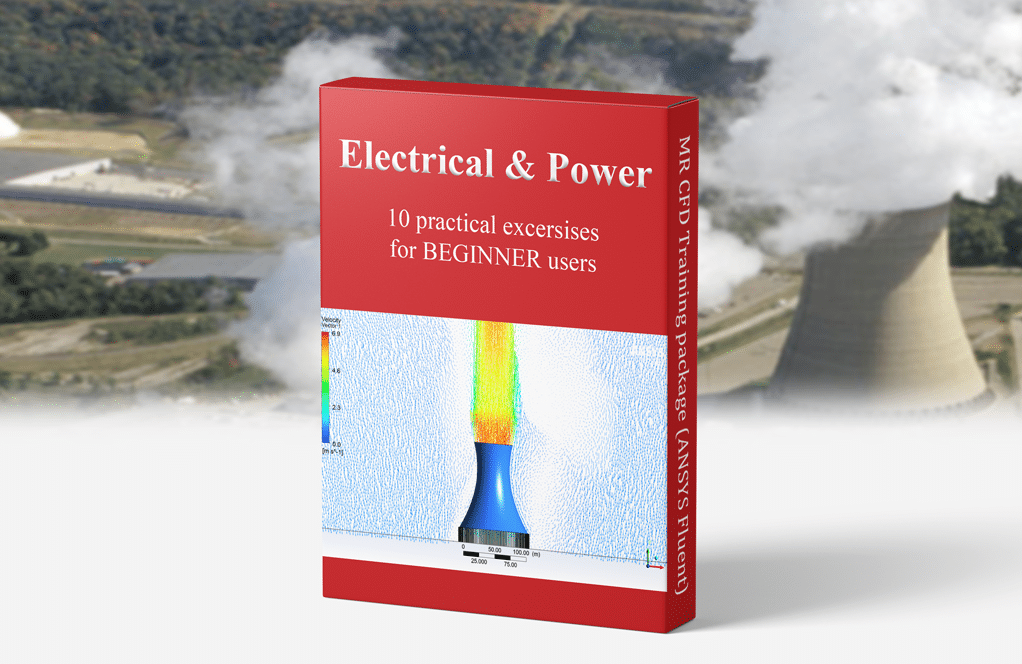







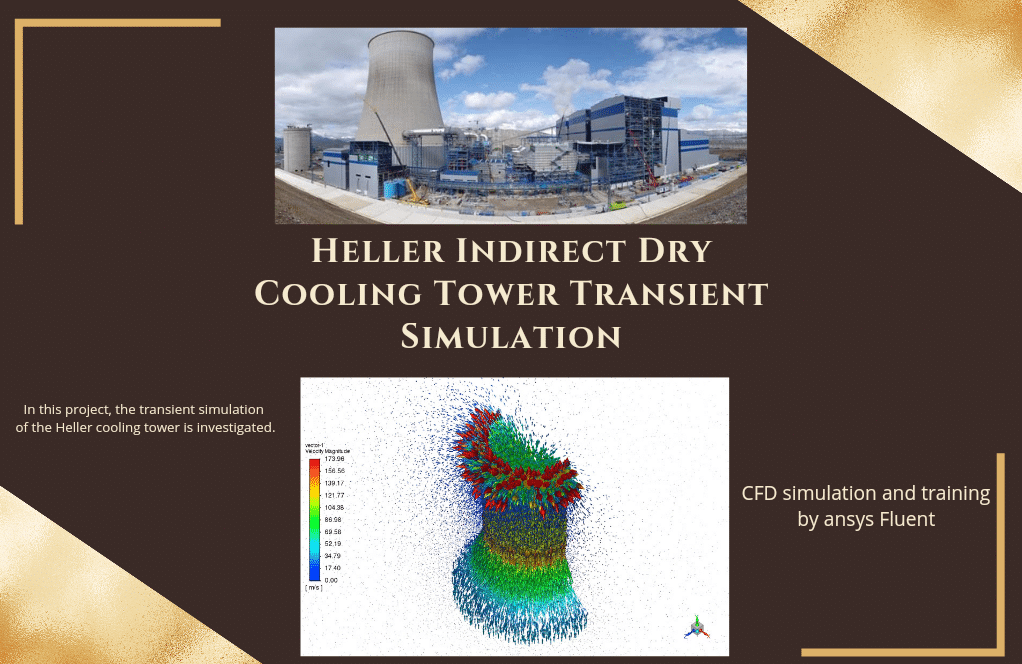
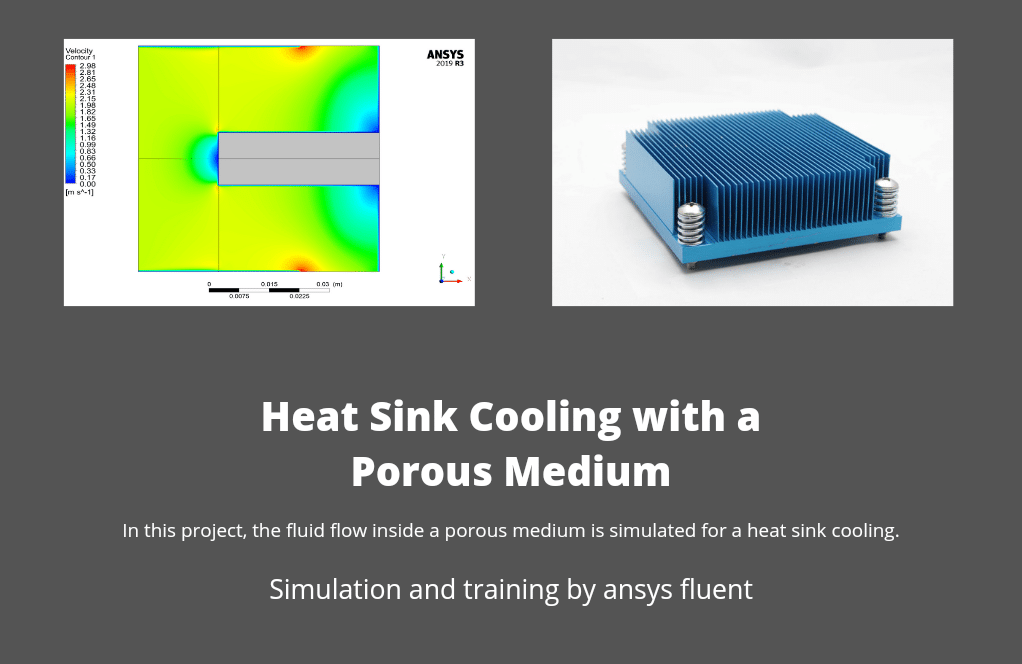
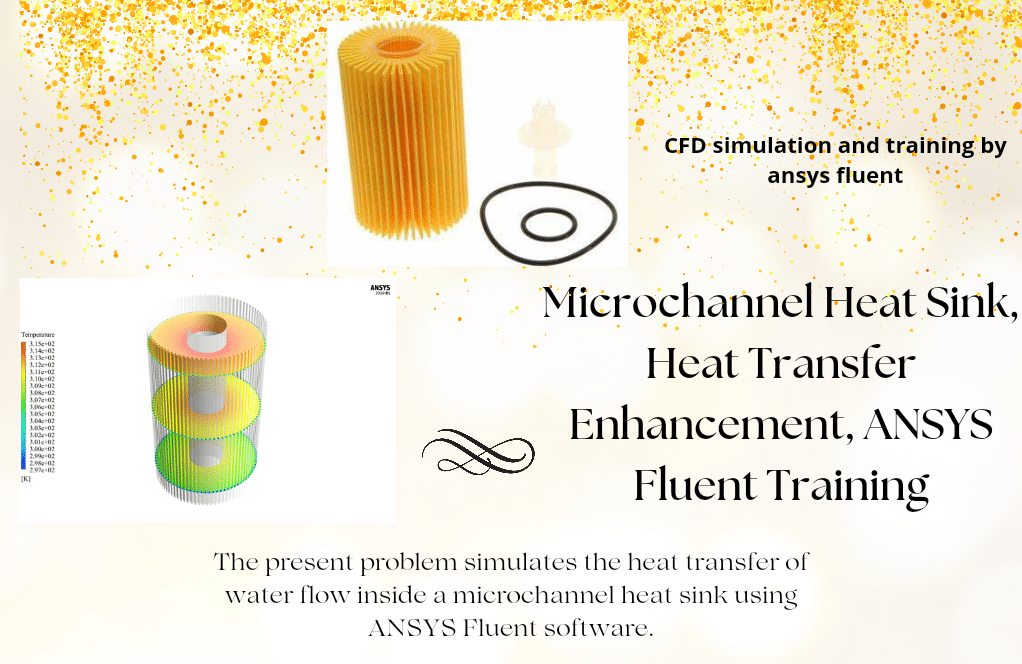

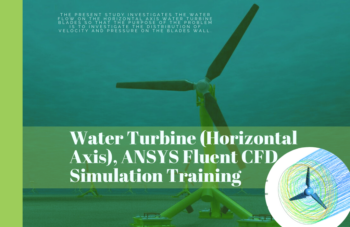
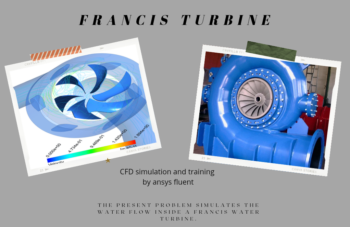
Kassandra Emard PhD –
What simulations will I learn from the 9th exercise in this package? Is HVAC design for generator cooling included in this training?
MR CFD Support –
In the 9th practical exercise of this package, you will learn how to simulate airflow around several generators and assess the impact of a fan setup on an HVAC system using ANSYS Fluent software. The training will specifically address the generation of airflow patterns critical for efficient cooling and distribution in enclosed spaces with active generators. The exercise will help you understand the complex interplay between generated heat, ventilation strategies, and airflow management that is essential in designing HVAC systems for generator cooling.
Estell Wolff –
Absolutely thrilled with the Electrical and Power Training Package for beginners! Working through the 10 practical exercises, I’ve gained a robust understanding of different thermal and flow processes within various devices. It’s been an enlightening journey exploring practical scenarios with ANSYS Fluent, from simulating heat sinks to the fascinating dynamics of solar chimneys. Every practical exercise built upon the last, setting a strong foundational language in CFD that I’m certain will benefit my electrical engineering pursuits. Kudos to MR CFD for curating such a comprehensive learning resource for beginners like myself!
MR CFD Support –
Thank you for such an enthusiastic review! We’re absolutely delighted that the Electrical and Power Training Package has been an excellent tool in advancing your understanding of CFD applications in electrical engineering. It’s wonderful to know that the hands-on exercises and simulations provided clarity and strengthened your foundation in this field. We definitely look forward to contributing further to your learning journey. Keep up the brilliant work, and don’t hesitate to reach out if you encounter any questions along the way!
Ms. Kelly Welch –
This training package was extremely helpful for grasping the core concepts related to heat sinks, generators, and solar chimneys! It would be great for the admin to consider including a practical example pertaining to wind energy to complement the learning curve for beginners.
MR CFD Support –
Thank you for your constructive feedback and the suggestion! We’re glad to hear that the electrical and power training package has been instrumental in strengthening your understanding of the core concepts. We’ll take your suggestion about including wind energy practical exercises into consideration for future updates to the training material to provide a more comprehensive learning experience. Stay tuned for new content!
Clinton Hickle –
Was the RNG k-epsilon turbulence model enough to capture the complexities within the SOPHIA Solar CookStove, or were any additional models used for improved accuracy?
MR CFD Support –
In the practical exercises, the RNG k-epsilon model was utilized to simulate the turbulence for certain projects. While this model is generally suitable for many engineering applications, whether additional models or advanced turbulence modeling techniques were applied, particularly for complicated geometries like the SOPHIA Solar CookStove, should be detailed in the specific exercise documentation. For such intricate simulations, specialized models or methods might be necessary to improve accuracy.
Elisabeth Padberg V –
I’m just starting out in the electrical and power engineering field. Is this training package suitable for someone with little to no background knowledge or experience in the field, and how complex are the practical exercises included?
MR CFD Support –
The Electrical & Power ANSYS Fluent Training Package is designed specifically for BEGINNER users, which makes it a suitable choice for individuals new to the field who are looking to understand the fundamentals. The practical exercises in the package cover a wide range of scenarios, but they are structured and simplified to cater to those who are just starting out. Step-by-step guidance through each simulation ensures that you can follow along comfortably without overwhelming complexity.
Jo Baumbach –
Absolutely thrilled with the Electrical and Power Training Package! The variety of practical exercises tailored for beginners is super helpful. As someone starting out in ANSYS Fluent, the step-by-step approach in heat transfer and generator simulations has boosted my confidence tremendously.
MR CFD Support –
We truly appreciate your positive feedback on the Electrical and Power Training Package! It’s great to hear that the exercises have been effective in strengthening your ANSYS Fluent skills. Thank you for choosing our products to support your learning journey.
Kiley DuBuque –
I’m new to CFD and electrical applications. Does the Electrical and Power Training package come with step-by-step tutorials for complete beginners?
MR CFD Support –
Yes, the Electrical and Power Training package is designed for BEGINNER users and includes step-by-step tutorials for each of the 10 practical exercises. These tutorials guide you through the process and help you understand the methods used in ANSYS Fluent software for simulating various electrical and power engineering problems.
Dr. Cathrine Emard III –
I’ve just finished going through the Electrical and Power Training Package for Beginners with 10 Practical Exercises from MR CFD Company, and I am thoroughly impressed. As a newcomer to electromechanical simulations, this resource provided an extensive insight into power engineering concepts and their practical applications using ANSYS Fluent. Each exercise was thoughtfully curated to build on the previous knowledge, gradually advancing my understanding. The examples ranged from heat sink simulations to the complexities of a solar chimney and generators, making for an engaging and comprehensive learning journey. Well-structured and clear, the step-by-step guidance through each application meant I could follow along seamlessly. I’ve left with a solid foundation and an unleashed enthusiasm to explore more complex projects in the field. I would highly recommend this training package to any beginner aiming to learn and apply electrical and power engineering principles through CFD methods.
MR CFD Support –
We’re delighted to hear about your positive experience with our Electrical and Power Training Package for Beginners! It’s great that the exercises have helped you gain a solid foundation in the electromechanical simulation field. Thank you for recommending our product and we wish you all the best on your journey to mastering complex CFD projects!
Clementine Bogisich Sr. –
Can you lay out how the RNG k-epsilon model was employed in the porous heat sink simulation?
MR CFD Support –
In the porous heat sink simulation exercise, the RNG k-epsilon model is used to describe the turbulence within the fluid flow passing through the porous medium. This model takes into account the increased flow resistance encountered in the porous structure of the heat sink. As standard wall functions were used, the RNG k-epsilon model facilitates an enhanced prediction of the boundary layer near walls, which is vital for an accurate computation of the heat transfer rates between the heat source and the cooling fluid.
Thaddeus Zieme –
What a comprehensive training package for beginners in electrical and power engineering! It’s clear that each practical exercise extends knowledge in key areas and the use of the ANSYS Fluent software for realistic simulation training.
MR CFD Support –
Thank you for your kind words! We’re delighted to hear that you find the Electrical and Power Training Package comprehensive and beneficial for beginners. We always strive to provide valuable and practical learning experiences. If you ever have more feedback or need further assistance, feel free to reach out.
Holden Dibbert –
I just completed the ‘Electrical and Power Training Package for Beginners’ and the range of exercises provided was really impressive. Each practical scenario was well thought-out, stretching my understanding of how to apply ANSYS Fluent software to electrical and power engineering problems.
MR CFD Support –
Thank you for your positive feedback! We’re thrilled to hear that our training package exceeded your expectations and helped you grow your skills in applying ANSYS Fluent to the field of electrical and power engineering. Your success is our goal, and we appreciate you taking the time to share your experience.
Adele Daniel –
I’m thrilled with the Electrical and Power Training Package for Beginners. Having studied each practical exercise, I gained significant insights into various simulations in power engineering. Implementing what I learned in real-world applications is what excites me most!
MR CFD Support –
Thank you for your wonderful feedback! It’s fantastic to know that the training package has provided you with valuable insights and practical knowledge that are applicable to real-world engineering scenarios. If you have more to share about your experience or need further assistance with your applications, do not hesitate to reach out.